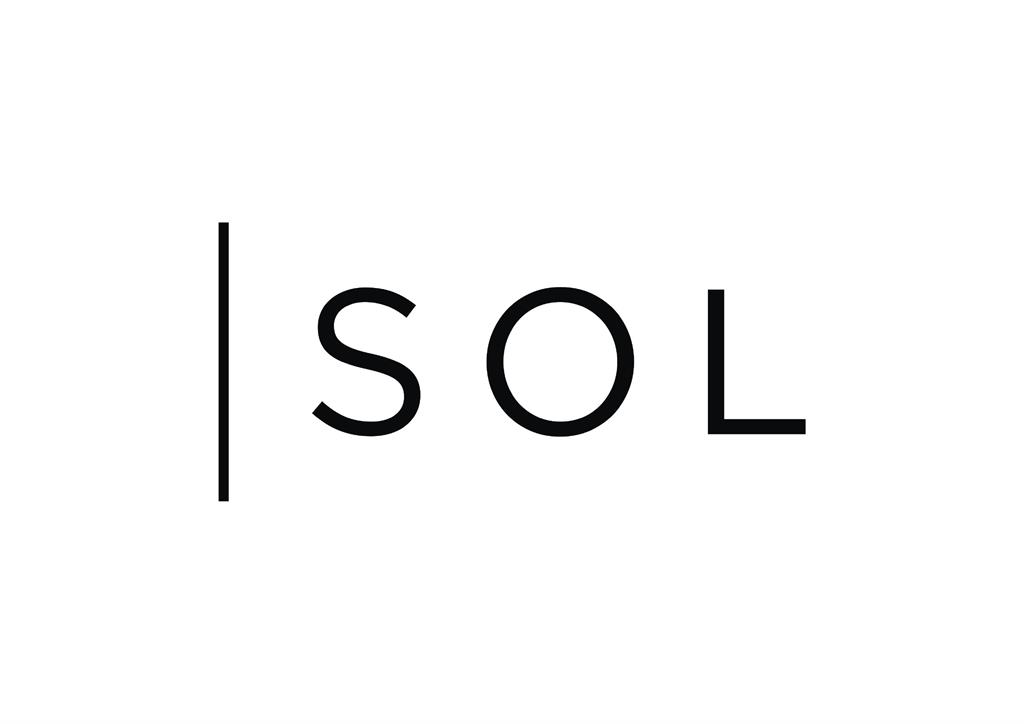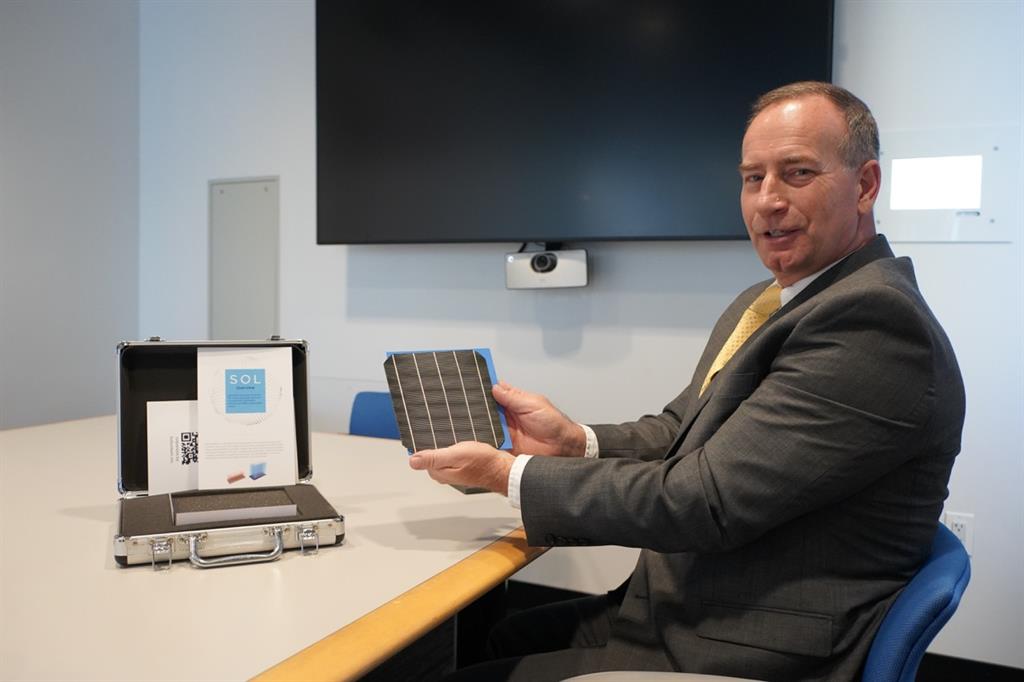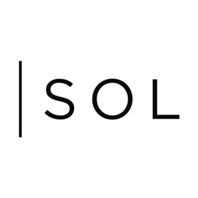The World's First 3D Structured Solar Panel Currently Producing an Ultra High 33% Efficiency Nearly Doubling Current Existing Generation Pasting
NEW YORK, NY / ACCESSWIRE / October 18, 2018 / Solar panels that convert solar energy into electrical energy are counted among the major renewable sources of energy. In contrast to the burning of fossil fuels, solar panels do not contribute to the emission of greenhouse gases into the atmosphere.

SolSuntech is evolving significantly faster than the entire market in increasing the efficiency of solar panels. Impressive technological breakthroughs were achieved in our partnerships with South Korean researchers. SolSuntech combines with the world of cryptocurrency and the power of solar energy, a revolutionary technology that allows a 33% efficiency from solar cells.
Currently in the market even premium grade (Tier 1) cells are not capable of such levels of efficiency.
In general, all manufacturers of solar cells produce flat plane panels. Their disadvantage is that their energy efficiency is limited to approximately 18%. There is a higher grade known as Tier 1, a high efficiency panel producing 21- 22%. The SolSuntech panel produces 33%. Approximately a 50% higher output than a Tier 1 panel and approximately 100% higher than common flat plane panels currently on the market.

CEO SolSuntech Inc. Lou Kraft with a 33% efficiency 3D Solar Cell
3D technology is not new. Many attempts have been made but no one succeeded at making it work. SolSuntech has invented and is the first to use a special cutting technology that allows silicon to be cut in a specific way without fracturing it, so that the integrity of the 3D corrugated cell is not damaged and remains solid. At this moment this product is the only one that exists today and is solid enough to put to the manufacturing process and achieve a given 33% efficiency consistently throughout the manufacturing and assembly process.
The goal of SolSuntech is to produce the panel exclusively in the USA thus bypassing the Trump administration's Section 201 tariff* on solar and related items. Upon enactment of Section 201, the domestic solar panel market slowed a bit but once the uncertainty was lifted and clarified here in the US, it has been accelerating notably stronger. The entire manufacturing cycle which includes wafer cutting, cell manufacturing and module assembly will be set up in a new plant in the US state of Virginia. By being a domestic manufacturer SolSuntech will avoid the section 201 tariff, (this year 30%), that other manufacturers have to add to their costs.
Currently, the project involves approximately 40 people working in Research & Development.
SolSuntech maintains both Engineers and Developers as well as a strong list of Business and Strategic Advisors in the South Korean R&D center.
SolSuntech Inc., (US company incorporated in Delaware with our Headquarters office in New York) currently maintains the CEO, COO along with support staff and a strong list of advisors here in New York. Within a 600 mile radius of New York is our first manufacturing facility in Virginia. With the need for increased capacity, other sites have been reviewed and are being considered in addition to the Virginia location.
Virginia was chosen to locate our manufacturing based upon a well-developed incentives program for local manufacturers. SolSuntech will create 132 highly skilled jobs for Russell County, Virginia in the first year. The state of Virginia Economic Development Council will provide 5.5M (USD) of financial incentives in exchange for those jobs and to locate the manufacturing plant here.
Strong demand for panels is aligning with the company's plan for the future. In the immediate, SolSuntech is going to launch a 100 MW facility in the First Phase. The main goal is to increase annual production to 500 MW by 2023. Also, the R&D center in South Korea has already begun development of the Third Generation of the 3D Cell that carries a potential efficiency higher than 40%. SolSuntech is not going to rest on current achievements. The only way forward is a better and more efficient way to higher efficiencies is the company's internal motto.
SolSuntech (solpanel.io) is ready to start production in the USA. We are the first in the world who managed to achieve such high efficiency from solar panels. 3D technology makes all of this possible. Perfecting 3D technology is how it's possible. Competitors have attempted the wafer cut but when cutting this unique shape were left with distortions and fractures that rendered their cells weak and deformed. The peak of the technology is to slice the silicon with no fractures so the cell produced is free of microscopic cracks and fractures. SolSuntech uses a special diamond wire in their already produced cutting machines that create a product that's not susceptible to the same type of cracking. The majority of the key equipment for the SolSuntech's 3D wafers production line has already been manufactured at the R&D center and is ready for delivery to the Virginia facility.
The key equipment for the SolSuntech's 3D wafers production line in South Korea
We expect that SolSuntech will succeed and assume the leading positions in the market not only in the USA, but also in the world. This is true because energy consumption is constantly growing, and resources are limited. In addition, the traditional sphere of energy strongly pollutes the environment. Therefore, alternative energy is the future. And the energy of the sun is one of its key areas.
*The U.S. issued protectionist measures of Section 201 for the domestic solar PV industry which is highly beneficial for local manufacturers of cells and panels.
Section 201 protects US industry against international competition. The process is driven by the International Trade Commission after the petition from an industry representative.
On Jan. 23 2018, President Trump signed a proclamation that placed tariffs on imported solar cells and modules for a period of four years.
The effective date of the tariffs is February 7, 2018.
The tariff level was set at 30%, with a 5% declining rate per year over the four year term of the tariff (see table below).
The proclamation included a 2.5 gigawatt exemption for cells per year, which does not include any sub-quotas for individual countries.
Section 201 - https://solpanel.io/pdf/law201.pdf
Distributed by Exclusive PR Solutions | ExclusivePRS.com
SOURCE: SolSuntech





